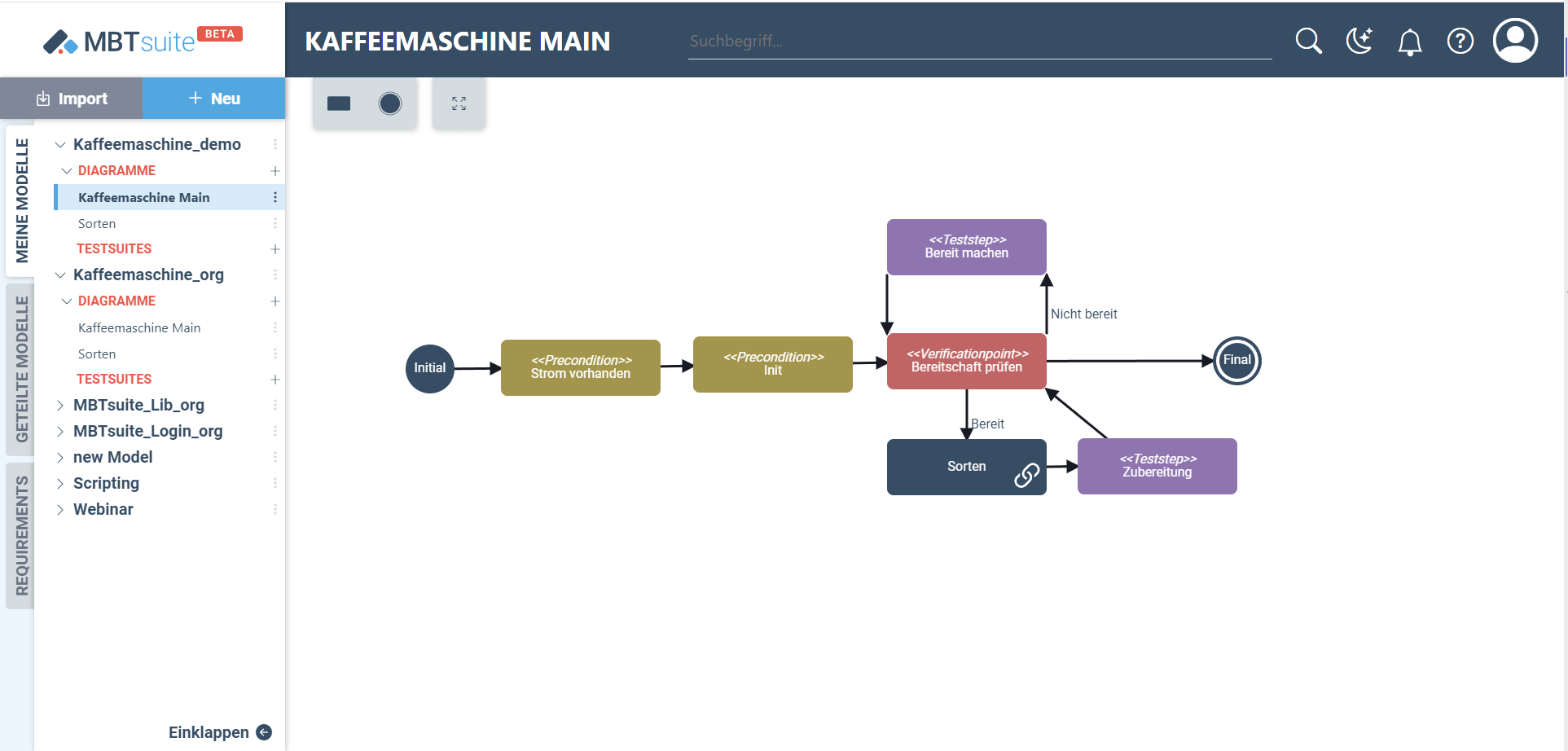What Is Model-Based Testing (MBT)?
Model-Based Testing (MBT) is an advanced software testing approach that uses abstract models to automate the generation of test cases. It’s a great way to ensure software quality. With MBT, various conditions and inputs are simulated to ensure that software meets specifications and responds reliably under unforeseen scenarios.
You can reduce the time spent on test creation and execution by 20% to 50% compared to traditional methods. Plus, MBT systematically enhances quality assurance by ensuring that every test scenario is covered. Model-based testing enables teams to keep up with rapid development cycles while maintaining the highest quality standards.
